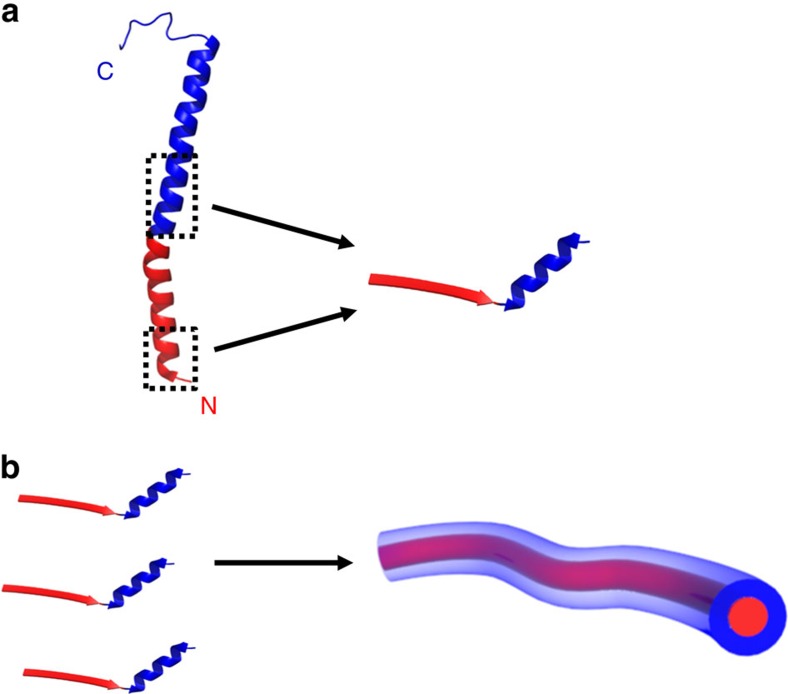Figure 5. Illustration of the strategy for mimicking a T4P nanofibre using peptide self-assembly.
(a) By joining a segment from the evolutionary conserved N-terminal polymerization domain α1-N (red) with a segment from the functionality-related C-terminal region α1-C (blue), a sequence-minimized representation of the pilin protein is formed. In this peptide, the former segment adopts the β-strand conformation while the latter segment maintains a native-like helical conformation. (b) This peptide self-assembles into nanofibres via the formation of a supramolecular β-sheet between α1-N-derived sequences, which can be considered as an alternative configuration to the one adopted by the respective domain in the native T4P core. Structure of the intact pilin as given in panel a was taken from PDB 2M7G (ref. 37).

